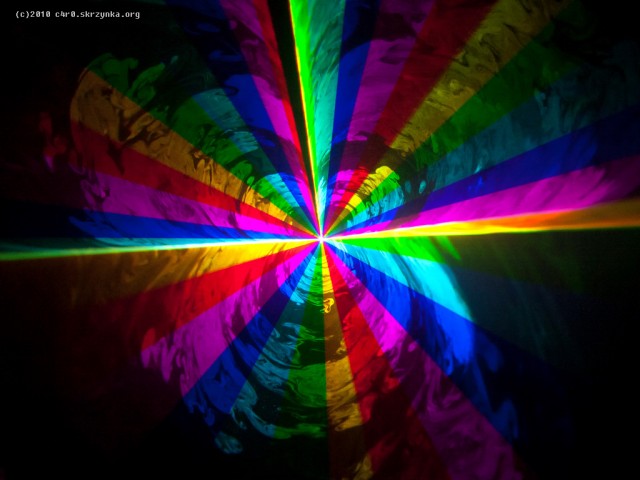- Joined
- Apr 26, 2010
- Messages
- 4,175
- Points
- 83
I'm looking into building a DIY RGB projector, and by projector I mean it'll just shoot out a laser like a normal labby, I just want 7 colors from it. I know I could drop $600 on a white fusion thing, but I really like the DIY aspect, and this project intrigues me. SO! Onto the questions.
What's a good ration for 635/532/455? I've been told 1:1:1 is a good start, but just wanted to get perhaps more input on the subject.
Is there any easy way to get 400mW of green for under $150?
Will the standard RGB mirror units from o-like still function well with 635 and 455?
Do I need correction optics for the 635 and 455, or will it work fine with them being multimode and much wider beams compared to 532?
What glasses do you recommend for viewing ~1W of "white"? Also for the cyan, yellow, and magenta, do I need specific glasses for those too? Or just the ones that I use for red, green, and blue?
As you can see, I have a lot to learn, this is something that yes, I want to do, but I am willing to take the time to do it right. Thank you in advance for any and all tips =]
Also, side-question, any tips on knife edging? I'm thinking of making a watt of 635 or 650, and was looking for tips on doing so. Thanks again!
What's a good ration for 635/532/455? I've been told 1:1:1 is a good start, but just wanted to get perhaps more input on the subject.
Is there any easy way to get 400mW of green for under $150?
Will the standard RGB mirror units from o-like still function well with 635 and 455?
Do I need correction optics for the 635 and 455, or will it work fine with them being multimode and much wider beams compared to 532?
What glasses do you recommend for viewing ~1W of "white"? Also for the cyan, yellow, and magenta, do I need specific glasses for those too? Or just the ones that I use for red, green, and blue?
As you can see, I have a lot to learn, this is something that yes, I want to do, but I am willing to take the time to do it right. Thank you in advance for any and all tips =]
Also, side-question, any tips on knife edging? I'm thinking of making a watt of 635 or 650, and was looking for tips on doing so. Thanks again!
Last edited:







